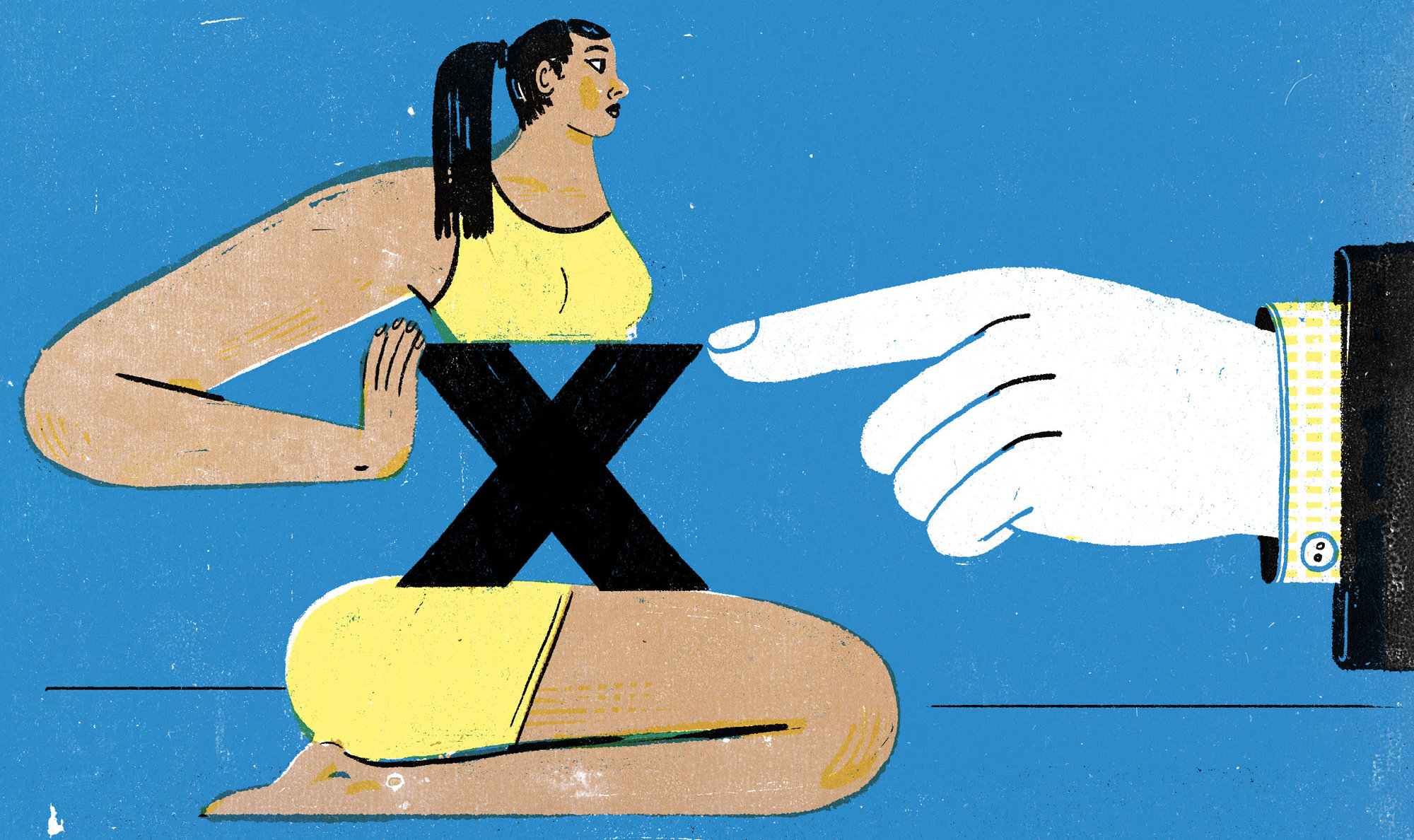By: Maria-Paula
The latest abysmally low birth rates from North America, Europe, and Asia continue to alarm business leaders and policy makers world over. For decades now, contraception which involves the use of various methods to prevent pregnancy and abortion which is the termination of pregnancy have not only been used to help married people space, delay, or limit childbearing but viewed by the church as a promoter of immorality in the society. Although the two are separate issues, they are often related in discussions about reproductive rights and healthcare according to a statement by Dr. David Ayers a scholar at the Institute of Faith & Freedom at Grove City College.
The legality and accessibility of abortion and contraception can vary from state to state in the United States due to differing laws and regulations. In Virginia, changes in its abortion laws in 2020 made it more accessible for women to seek abortion services.
Public opinions on these topics can be diverse and debates on abortions and contraceptives often revolve around complex religious, ethical and moral considerations. It is therefore essential to approach these issues with respect for different perspectives and rely on accurate up to date information when discussing the policies and laws related to abortion and contraception in Virginia as a jurisdiction.
The Catholic Church, for example, has a well-known and longstanding stance against abortion. It considers abortion a violation of the sanctity of human life. Other Christian denominations, such as some Evangelical and conservative Protestant churches, also tend to be opposed to abortion, viewing it as a sin or a violation of the sanctity of life.
On contraceptives, the Catholic Church officially opposes the use of artificial contraceptives such as birth control pills, condoms, and intrauterine devices (IUDs). Other Christian denominations may have varying views on contraception, with some accepting its use as a responsible way to plan and space births, while others may share the Catholic Church’s opposition to certain forms of contraception. Also, it’s important to remember that within a single denomination, there can be a range of individual beliefs and interpretations on these matters.
Moreover, religious perspectives can evolve over time, so it is possible that the views of some churches on abortion and contraception in Virginia may have changed over time. The most current and specific information on the view of churches in Virginia regarding abortion and contraceptives, relates to the official teachings and statements of individual churches and denominations, as well as any relevant local news or discussions within the religious communities in the commonwealth.
Generally, discussions around abortion and contraceptives bring out diverse opinions with different organizations representing varying viewpoints. Some organizations which advocate for reproductive rights and access to contraceptives as part of women’s healthcare and personal autonomy urge for the right to safe and legal abortion and comprehensive reproductive healthcare services.
On the other hand, some religious and faith-based organizations, based on their beliefs, may oppose abortion and certain contraceptive methods, viewing them as morally wrong. Such groups most often advocate for restrictions on abortion and limited access to certain contraceptive options.
In Europe, only France is within spitting distance of replacement level fertility. Italy has tanked so low as to be the subject of a highly publicized meeting between its Prime Minister and the Pope a couple months ago.
In a twist by The Times, the Department of Veterans Affairs last week announced that an accommodation for employees objecting on religious grounds to providing abortion counselling or services has been available since the policy’s launching in VA for almost a year now although not communicated as should be. This emerged after Stephanie Carter, a Texas nurse practitioner, represented by a Christian nonprofit, First Liberty Institute, sued over the issue in December.
What’s more, Veterans Affairs Secretary Denis R. McDonough failed to mention the existence of religious accommodation when asked about the Carter lawsuit at a press conference in March. First Liberty then said that VA will allow workers with religious objections to abortion services to opt out of such work. “Since the day this policy was announced, VA has accommodated employees who wish to opt out of providing abortion counselling or services,” VA press secretary Terrence Hayes according to The Times.
“Every part of North America including Mexico, is below replacement with Asia badly off recording a huge majority, not excluding all of Americas top trading partners lower than replacement except the Philippines, India and Vietnam. Some have plummeted close to one baby per woman.
When even the BBC tout’s headlines like ’Jaw Dropping’ Crash in Babies Being Born,” and the Economist devotes an entire issue to “The Baby-Bust Economy” just last month. Since the 1960s, separating sex from procreation has been difficult with the United States largest political party not making it easy. In recent years, climate activists, including some celebrities, have even talked as if having babies is grossly irresponsible.
We have “BirthStrikers,” and “anti-natalists” who wish they’d never been born. We even have the “Voluntary Human Extinction Movement,” the subject of a recent article in the Atlantic they listed as a “must read.” And now? The chickens have come home to roost. Let’s look at how contraception use exploded in the 1960s, naturally leading to abortion-on-demand — these two together being the fraternal twins most responsible for our deepening Demographic Winter.
We will focus on the United States, starting with contraception. Not even counting voluntary sterilization, contraception has been around for a long time. As a PBS historical piece covered, condoms, sponges, cervical caps, diaphragms, douches, and even intrauterine devices all existed at some point in the 1800s as much as they were difficult to use and not reliable.
Later in 1960 when the pill was well accepted since it was female-controlled, simple to use, highly effective, and separated reproduction and contraception from the sexual act. The Pill could be taken anytime, anywhere, and without anyone else knowing unlike the other methods of contraception.
Most analysts of the 1960s sexual revolution have identified the widespread availability of “The Pill” as a key element and cause of this movement. But the sexual revolution would not have taken off with such intensity and speed without the Pill. “The Pill made along with corresponding legal and cultural developments the separation between sexuality and the possibility of babies nearly an inalienable right.
Many people came to view being able to have sex without procreating babies as an “entitlement,” reiterated Glenn Stanton of Focus on the Family. “So, we should not have been surprised that our obsession with separating sex from having babies was not sufficiently satisfied through widely available, increasingly effective, convenient, and inexpensive contraception.
To fill in the gap, so to speak, we concocted another “inalienable right” — abortion. SCOTUS gave us that in 1973, in Roe v. Wade,” he added. To be sure, many people who use contraception do not support abortion, except perhaps in rare hard cases.
Embracing contraception does not equal embracing abortion. But as Glenn Stanton also pointed out, “The fact that a woman could be sexually active and virtually guaranteed by medical science of not becoming pregnant. For many, this meant that if a baby they didn’t want happened, they have an opportunity to kill it before it is born.
Standing in the way of any woman wishing to obtain an abortion became seen by a lot of people as fundamentally unjust, denying her “right” to have sex without having a baby. Abortion was needed because contraception did not give full proof, and the risk of pregnancy increased dramatically with unprotected sex.
Abortion was also needed because women and/or their partners neglected the use of contraception at all, or used it improperly, while using Obama’s infamous quote, be “punished with a baby.” Then, abortion was also demanded because the woman and/or her partner might not have gotten the baby they wanted or in the manner they wanted by getting a defective child, a different gender from expectation, or multiple children instead of a single one.
The justifications for abortion rapidly expanded beyond dealing with unintended pregnancy. Despite the few lifesaving abortions, most abortions are for women who do not want their babies.
Like contraception, abortion boomed. In 2020, the Centers for Disease Control and Prevention estimated there were 198 abortions for every 1,000 live births in the United States. At the highwater point in 1984, there were 364 abortions for every 1,000 live births, and that number never dropped below 300 for 20 years from 1976 to 1996. There were over 44,500,000 abortions between 1973 and 2015, and many more since then.
And dismal as they are, these statistics increasingly underestimate the number of abortions. Most abortions are now performed using pills, particularly mifepristone and misoprostol. When these are taken outside of clinical settings, the abortions are not included in official counts. Obtaining pills to do such “self-managed abortions” is remarkably easy.
In fact, Doctors Without Borders provides instructions to help women do this. There is even a medical group in Europe that ships these pills to the United States via a pharmacy in India, intentionally and effectively circumventing laws. Such services are easily found on the Internet. Mexican pharmacies providing these pills without a prescription are also currently experiencing booming demand from Americans.
At this point, the true figure is much higher than documented. Most liberals are in panic mode over last year’s Dobbs decision striking down Roe v. Wade. Why? With abortion pills and the ease of getting them anywhere, who needs Roe? The story of crashing birth rates and, as most policy makers seem to acknowledge, the many serious problems these will cause, is not mostly the story of people deciding not to have sex. It is mostly because they are using a lot of contraception and abortion. Of course, there are lots of complex reasons for these two things being used as much as they are with the main problems being the declining marriage rates and rising age at wedlock.



